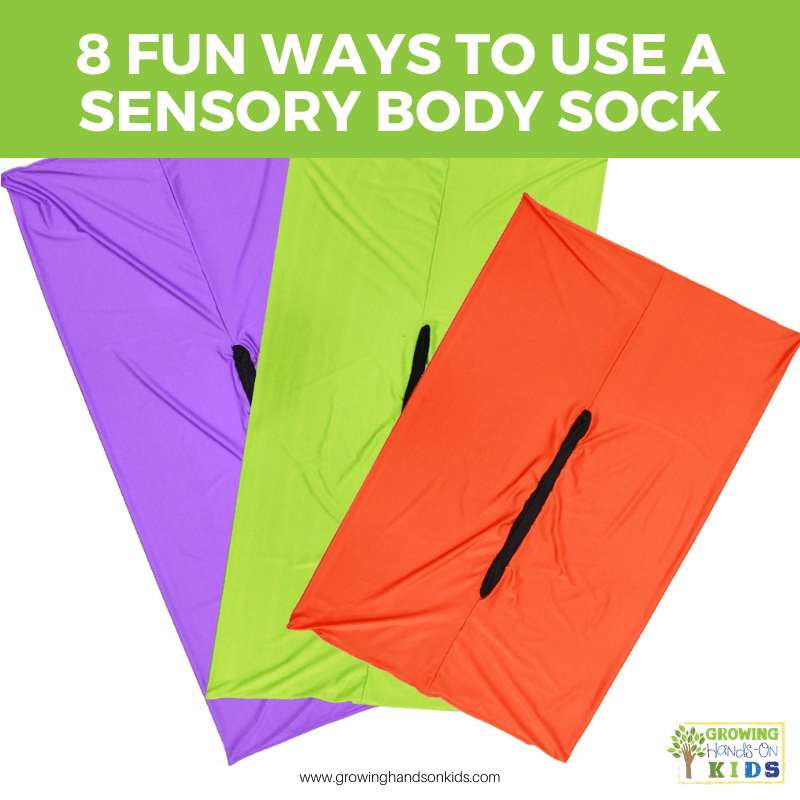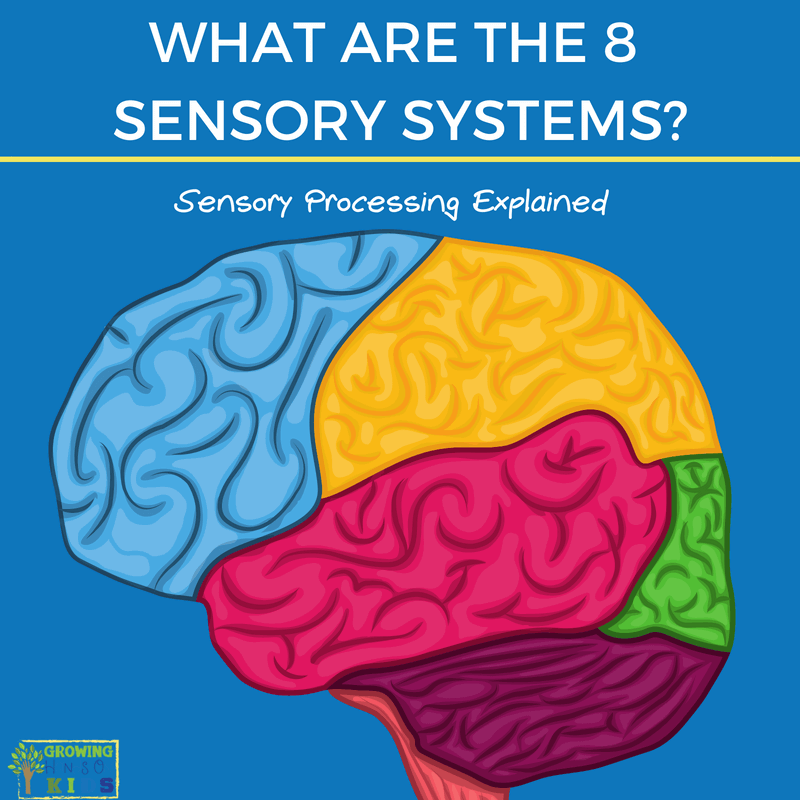8 Fun Ways to Use a Sensory Body Sock
Affiliate and Referral links are used below to promote products I love and recommend. I receive a commission on any purchases made through these links. Please see my disclosure policy for more details. As an Amazon Associate, I earn from qualifying purchases.
A sensory body sock is a fun sensory tool that can help provide a calming and relaxing environment for children. I'm sharing several FUN ways to use a sensory body sock here.
This is a sponsored conversation on behalf of Adapt Ease, a company providing Occupational Therapy tools and products. I was provided monetary compensation for writing this post as well as a free sensory body sock to review.
Sensory Body Sock – Table of contents
One of my favorite things to use when I was working in the school setting as an Occupational Therapy Assistant was a sensory body sock. So many of the kids benefited from it in many ways, plus it was a lot of fun to get some good sensory input. Today I want to share some fun ways to use a sensory body sock in your home, classroom, or therapy sessions.
What are the benefits of a body sock for kids?
What does a sensory body sock do? For children who crave sensory input, particularly proprioceptive and vestibular input, the sensory body sock is a fun and different way to get this input. Proprioceptive input is also helpful for children who struggle with body awareness.
Sensory body socks are stretchy and provide resistance when you move in them. This provides deep pressure input through the joints (proprioception). When the children move around in different ways, this provides the vestibular input (balance and movement in space).
For children who may not like a physical hug, using a body sock helps to provide some of the same closeness that a hug would, but without physical contact.
You may also see it referred to as a sensory sock. This is because Occupational Therapy practitioners use body socks as part of their sensory processing strategies with students or clients.
Children who have been diagnosed with Autism, ADHD, Anxiety, etc., often have sensory processing challenges and can benefit from using a sensory body sock to help them self-regulate during times of sensory overload.
How should a sensory sock fit?
Body socks are typically made with stretchy lycra material and should be snug to fit, not loose like a blanket. There are usually a variety of sizes available, so check the sizing chart of the particular brand you are purchasing.
Adapt Ease has 3 different sizes, Small 40” x 28”, Medium 47” x 28”, and Large 56” `x 28”. You can measure your child from their feet to their shoulders to see what length would fit them best.
Ways to Use a Sensory Body Sock
All of these ideas can be used in your home, classroom, or therapy sessions.
1 || Use a sensory body sock in your sensory room or a safe area of your home.
Body socks often have velcro closure, like the one below, so your child can crawl inside them and get the close, deep pressure feeling they need to feel regulated. Make sure their head is visible however for safety and they should be monitored closely by an adult.
2 || Pop-Corn Game
This was a favorite among my students, even without a body sock. Place the body sock around the child’s torso, but leave the neck and head outside of it. Have the child curl up into a ball while on their back (arms wrapped around the knees). Have them hold this movement for 5-10 seconds or as tolerated and then say “POP!” The child pretends their body is a piece of popcorn and releases their arms from their legs and pushes out against the sensory body sock with all 4 limbs.
3 || Rolling
Have your child roll down a therapy mat or soft carpet with the body sock around their torso (leaving the neck and head outside). You can practice words such as “fast” and “slow” etc.
4 || How many letters of the alphabet can you make your body into?
This was also another favorite of mine and the kids when we used a sensory body sock. Again, make sure the child’s head and neck are outside of the body sock unless they have very close adult supervision and can easily get out of the sock if needed.
Have the child lay on the floor (bonus if they are on their stomach for older kid tummy time!). Call out a letter of the alphabet and have the child move their body to form that letter on the floor. Some easy ones to start with are “C” “P” “L” “O” and “Z”. Add in some harder ones and see if they can problem-solve how to coordinate their bodies to look like the letters with the resistance from the body sock.
5 || Bunny Hop Race
You can have your child hop like a bunny as far as they can while inside the body sock, or include lines on the floor with tape for them to jump between or on top of. Include various distances between the pieces of tape to help challenge their gross motor skills.
6 || Relay Race
If you have more than one child, set up a relay or obstacle course while using the body socks. If you have one body sock, have each child get in and out of the body sick as they start and finish their turn so the next child can use it. This also provides great problem-solving for how to get in and out, while pushing against the fabric.
7 || Include a sensory body sock in your quiet corner or reading corner. Often times many classrooms have an area where children can go to read or quietly do something during station times. Include a sensory body sock in this area and allow children to read or quietly use a fidget while inside as self-regulation strategies.
8 || Use for Brain Breaks – Include using the body sock during some of your brain break activities or exercises for children who need a little bit of extra input during sensory activities.
Adapt Ease has an excellent sensory body sock option if you are looking for a well-constructed item for your home, classroom, or therapy practice. It is made of polyester and spandex and heavy-duty overlap with sturdy velcro closures. Right now they offer large, medium, and small sizes.
You May Also Like:

Heather Greutman, COTA
Heather Greutman is a Certified Occupational Therapy Assistant with experience in school-based OT services for preschool through high school. She uses her background to share child development tips, tools, and strategies for parents, educators, and therapists. She is the author of many ebooks including The Basics of Fine Motor Skills, and Basics of Pre-Writing Skills, and co-author of Sensory Processing Explained: A Handbook for Parents and Educators.




I love your articles and I share the links with my colleagues. Would you consider making downloadable pdf versions? I would love to put them into a binder for the paraprofessionals working with my students.